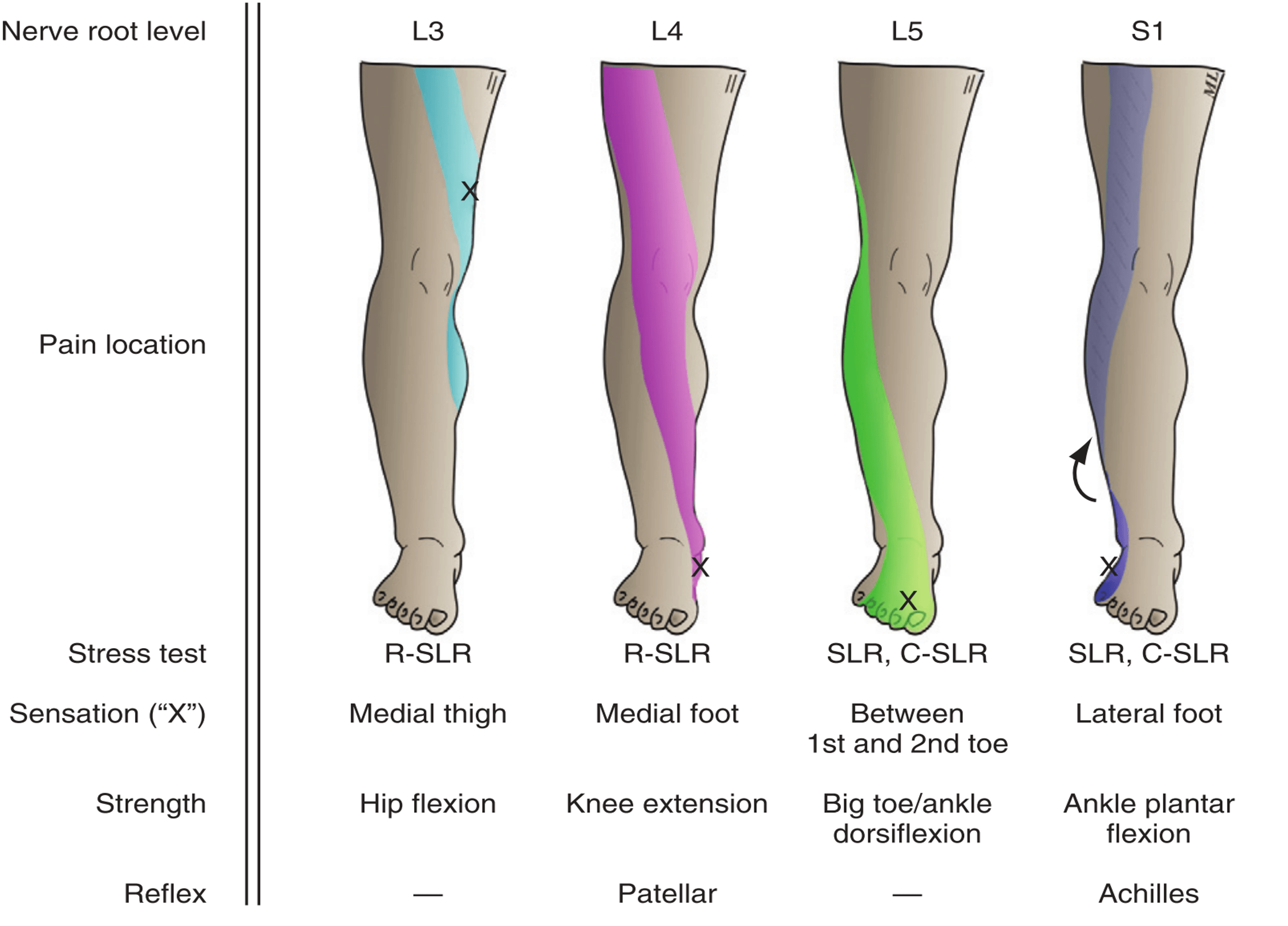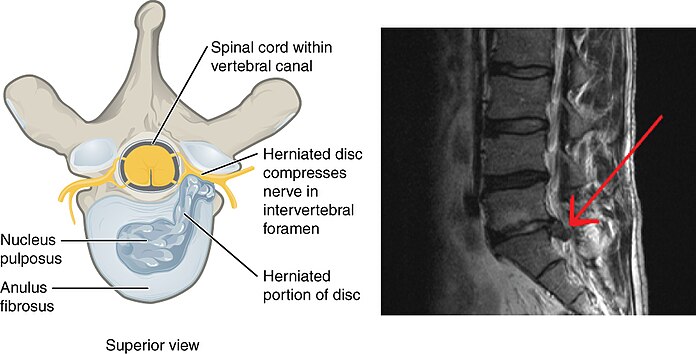Sciatica, often abbreviated as “sciatic nerve pain,” is a common condition that affects millions of people worldwide. It occurs when the sciatic nerve, the largest nerve in the human body, becomes irritated or compressed. This can lead to significant discomfort and impact daily life. Understanding the causes, recognizing the symptoms, and exploring treatment options are essential steps in managing this condition effectively.

What Is Sciatica?
The sciatic nerve runs from the lower back, through the hips and buttocks, and down each leg. When this nerve is affected, it can cause pain that radiates along its path. The pain may vary in intensity, ranging from mild discomfort to sharp, debilitating sensations. Sciatica typically affects only one side of the body, but in some cases, both sides may be involved.
Common Causes of Sciatica
Several underlying conditions can lead to sciatica. Below are some of the most common causes:
- Herniated Discs: A herniated or slipped disc occurs when the soft material inside a spinal disc pushes out through a crack in the tougher exterior. This can press on the sciatic nerve and cause pain.
- Bone Spurs: Abnormal bone growths, also known as osteophytes, can develop on the spine. These growths may narrow the space available for the sciatic nerve, leading to compression.
- Spinal Stenosis: Spinal stenosis refers to the narrowing of the spinal canal, which can put pressure on the nerves, including the sciatic nerve.
- Piriformis Syndrome: The piriformis muscle, located in the buttocks, can sometimes spasm or tighten. If this muscle irritates or compresses the sciatic nerve, it can result in sciatica-like symptoms.
- Injury or Trauma: Accidents, falls, or other forms of trauma can damage the spine or surrounding tissues, leading to sciatic nerve irritation.
Symptoms of Sciatica
Sciatica manifests in various ways, depending on the severity and location of the nerve compression. Some individuals experience mild symptoms, while others may find the pain debilitating. Common symptoms include:
- Radiating Pain: Pain that starts in the lower back and travels down the leg is a hallmark symptom of sciatica. The pain may feel like a burning sensation, a sharp jolt, or a dull ache.
- Numbness or Tingling: Many people with sciatica report feelings of numbness or tingling in the affected leg or foot. This sensation can make it difficult to walk or stand for extended periods.
- Muscle Weakness: Compression of the sciatic nerve can weaken the muscles in the leg or foot. This weakness may affect balance and coordination.
- Pain That Worsens With Movement: Activities such as sitting, standing for long periods, or bending forward can exacerbate sciatic pain. Conversely, lying down or walking may provide temporary relief.
Diagnosing Sciatica
To diagnose sciatica, healthcare providers typically begin with a thorough medical history and physical examination. During the exam, they may ask about the nature of the pain, its location, and any activities that worsen or alleviate the symptoms. In some cases, imaging tests may be necessary to confirm the diagnosis and identify the underlying cause. These tests may include:
- X-rays: X-rays can help identify bone spurs or other structural abnormalities in the spine.
- Magnetic Resonance Imaging (MRI): An MRI provides detailed images of the soft tissues, including discs, nerves, and muscles. This test is particularly useful for detecting herniated discs or spinal stenosis.
- Computed Tomography (CT) Scan: A CT scan uses X-rays and computer technology to create cross-sectional images of the spine. It can help identify issues such as bone fractures or tumors.
Treatment Options for Sciatica
The treatment approach for sciatica depends on the severity of the symptoms and the underlying cause. In many cases, conservative treatments are effective in relieving pain and improving mobility. However, more severe cases may require advanced interventions. Below are some of the most common treatment options:
Non-Surgical Treatments
For mild to moderate sciatica, non-surgical treatments are often sufficient to manage symptoms. These include:
- Physical Therapy: A physical therapist can design a personalized exercise program to strengthen the muscles supporting the spine, improve flexibility, and reduce pressure on the sciatic nerve.
- Medications: Over-the-counter pain relievers, such as ibuprofen or acetaminophen, can help alleviate mild pain. In more severe cases, prescription medications, including muscle relaxants or anti-inflammatory drugs, may be recommended.
- Heat and Ice Therapy: Alternating between heat and ice packs can reduce inflammation and provide temporary pain relief. Heat therapy helps relax tight muscles, while ice reduces swelling.
- Epidural Steroid Injections: These injections deliver anti-inflammatory medication directly into the area around the affected nerve. They can provide short-term relief for severe pain.
Surgical Treatments
If conservative treatments fail to provide relief, or if the condition is severe, surgery may be considered. Surgical options for sciatica include:
- Microdiscectomy: This minimally invasive procedure involves removing the portion of a herniated disc that is pressing on the sciatic nerve. It is one of the most common surgeries for sciatica caused by disc herniation.
- Laminectomy: A laminectomy removes part of the vertebra called the lamina to relieve pressure on the spinal cord and nerves. This procedure is often used to treat spinal stenosis.
Lifestyle Modifications to Prevent Sciatica
In addition to medical treatments, making certain lifestyle changes can help prevent sciatica or reduce the risk of recurrence. Consider the following tips:
- Maintain Good Posture: Poor posture can strain the spine and contribute to sciatic nerve irritation. Practice sitting and standing with a straight back and aligned shoulders.
- Exercise Regularly: Engage in low-impact exercises, such as swimming, walking, or yoga, to strengthen the core muscles and improve spinal health.
- Lift Objects Safely: When lifting heavy objects, bend at the knees instead of the waist and keep the object close to your body to avoid straining the back.
- Avoid Prolonged Sitting: Sitting for long periods can aggravate sciatica. Take regular breaks to stand, stretch, or walk around.
Alternative Therapies for Sciatica
Some individuals find relief from sciatica through alternative therapies. While these methods may not work for everyone, they are worth considering as part of a comprehensive treatment plan. Examples include:
- Chiropractic Care: Chiropractors use spinal adjustments to realign the spine and reduce pressure on the sciatic nerve.
- Acupuncture: This traditional Chinese medicine technique involves inserting thin needles into specific points on the body to promote healing and pain relief.
- Massage Therapy: Massaging the muscles in the lower back, hips, and legs can help reduce tension and improve circulation, potentially alleviating sciatic pain.
When to Seek Medical Attention
While most cases of sciatica resolve with time and treatment, certain symptoms warrant immediate medical attention. These include:
- Severe pain that does not improve with rest or over-the-counter medications
- Loss of bladder or bowel control
- Progressive weakness or numbness in the legs
- Sudden, unexplained weight loss
If you experience any of these symptoms, contact a healthcare provider promptly, as they may indicate a more serious underlying condition.





